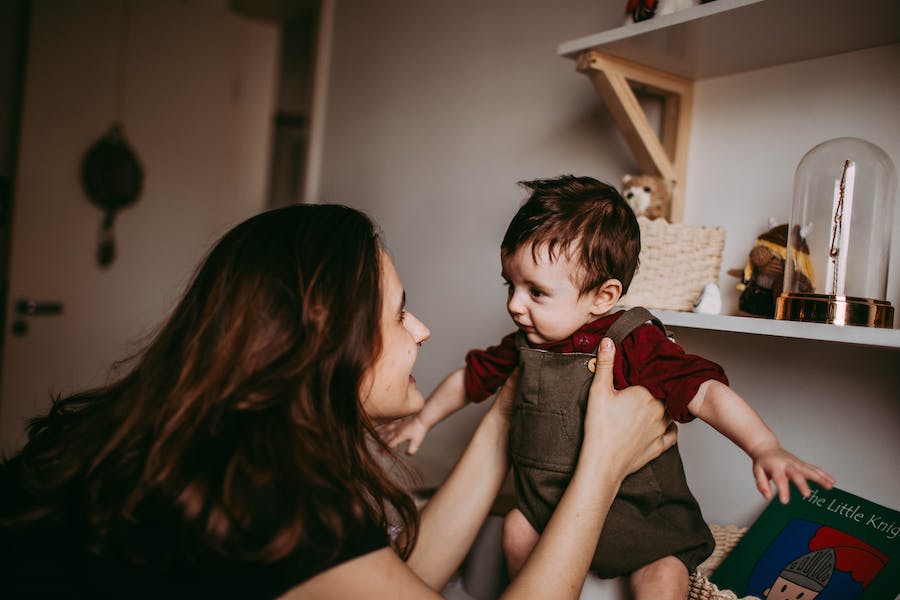A new global study using AI finds babies mirror the amount of talk they hear from adults.
The researchers analyzed more than 40,000 hours of day-long audio recordings of 1,001 children ages two months to 4 years across 43 languages and 12 countries. Sophisticated machine learning quantified all the speech sounds.
Reality check: It's easy to assume gender, income level, or multilingual households influence how quickly infants start vocalizing. The study results, however, showed age and adult speech were the prime drivers of early language development.
Key findings: The main predictors of language development are
- Age
- Clinical factors such as prematurity or dyslexia
- How much adult speech children receive from the world around them. For every 100 adult vocalizations heard per hour, children produced 27 more vocalizations themselves. This effect increased with age.
"Notably, it wasn't just child factors like age or risk for language delay that mattered, but a key environmental factor too: how much speech children heard from adults. For every 100 adult vocalizations children heard per hour, they produced 27 more vocalizations themselves, and this effect grew with age." —lead author Elika Bergelson, Ph.D., Harvard University

Why it matters
This research challenges the past belief that low-income parents provide a less beneficial environment for language development, thereby limiting their children's early language skills.
- The amount of adult verbal engagement was far more impactful.
"Amount of adult talk, age, and normative development were the sole significant predictors; child gender, socioeconomic status, and multilingualism did not explain how often children vocalized or how much adult talk they heard." —Proceedings of the National Academy of Sciences
The big picture
- Researchers found no language production differences tied to gender, multilingualism, or parents' education level in over 10,000 hours of natural home recordings.
- Premature birth or risk of language disorders did relate to development pace.
- The standout predictor was adult speech quantity. Toddlers babbled progressively more the more grownup talk they heard.
The takeaway
Nurturing children's language means engaging them verbally—describing surroundings, narrating activities, and responding to coos.
- Parent income or education are not barriers.
- All families can encourage early speech through conversation.
- Simple face-to-face interaction with caring adults gives babies the tools to find their voice.
Concerned about your baby's speech development?
Please call to schedule a visit with a speech-language pathologist to discuss your concerns.
We'd love to help your child find their voice and give you peace of mind.

